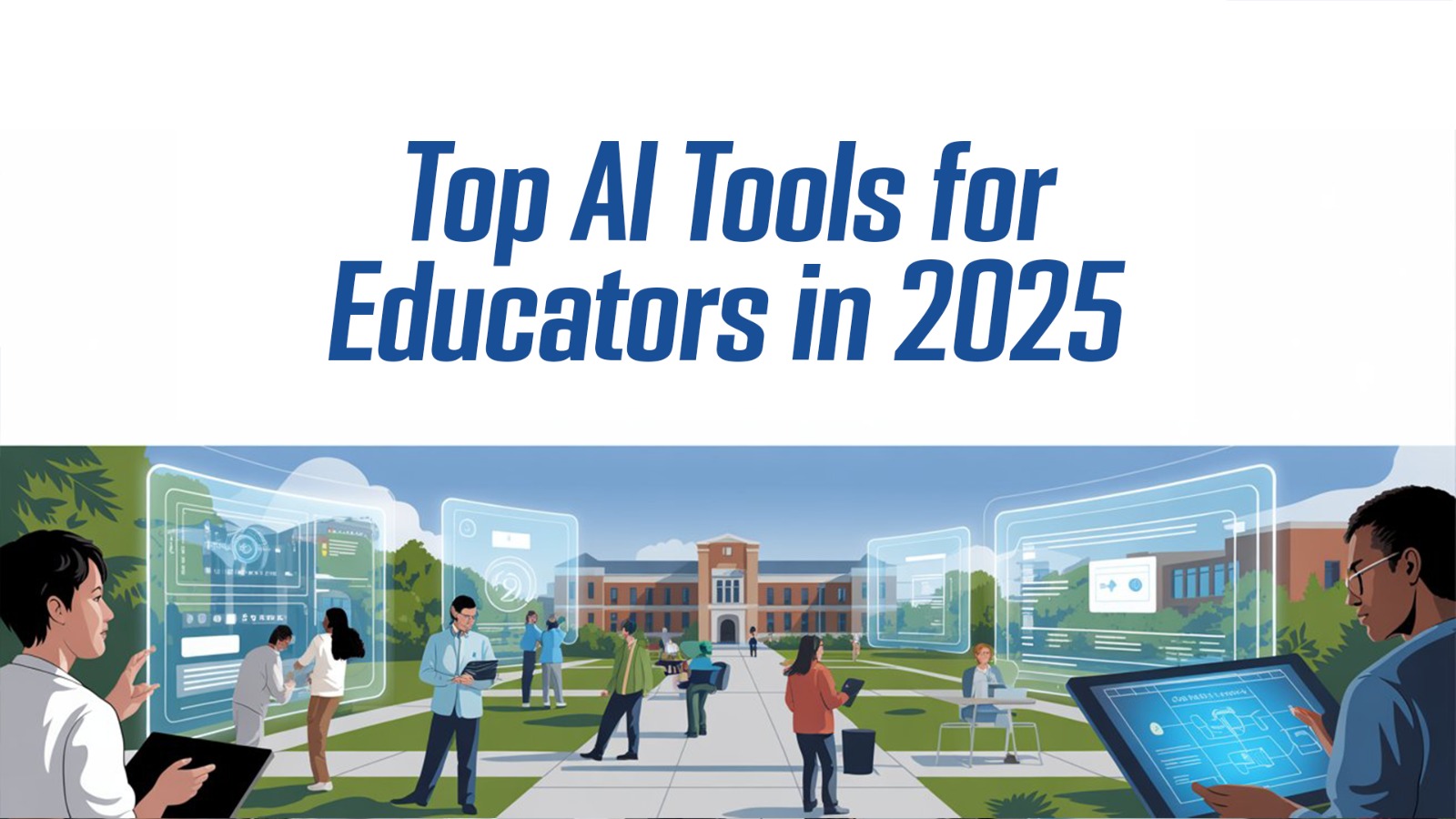
India’s higher education landscape is on the cusp of a massive transformation.
Starting August 2025, the National Assessment and Accreditation Council (NAAC) will roll out its AI-powered accreditation system, replacing traditional peer-review inspections with digital verification, automated data analytics, and real-time stakeholder feedback. This landmark move is set to redefine how institutional quality is assessed—promising greater transparency, scalability, and objectivity.
But with Artificial Intelligence in the driver’s seat, the rules of the game are changing fast.
Institutions will now be evaluated not only on what they submit but also on how they structure, format, and present their data. The days of loosely compiled, jargon-heavy reports are over. In this new era, precision, consistency, and machine-readable documentation are the keys to success.
So, whether you’re gearing up for your first accreditation or preparing for the next cycle, this guide outlines 10 essential strategies to ensure your documentation is aligned with the expectations of AI-led evaluation—and ready to meet the future of quality assurance in Indian higher education.
Gone are the days of bulky and loosely formatted reports. Today, standardisation is key. NAAC’s guidelines now specify exact formatting for the Self-Study Report (SSR)- A4 size, Times New Roman, 12-point font, single-line spacing, and well-defined margins. For supporting documents and annexures, naming conventions like “Metric2.4.3_FacultyList.pdf” or “Criterion3_IPR_WorkshopPhotos.pdf” aren’t just good practice; they’re essential.
AI systems thrive on pattern recognition. The more structured and predictable your document formats are, the more accurately your data will be interpreted. Using NAAC’s official templates for data capture, especially for quantitative metrics, is non-negotiable. Don’t modify these templates. Instead, feed them precisely as prescribed.
With AI reviewing SSRs, clarity becomes your currency. Avoid jargon. Be concise. Make every sentence purposeful. Don’t write long-winded essays; break complex ideas into bullets or short paragraphs. When responding to qualitative metrics, mirror the language used in the question. For example, if the metric refers to “green campus initiatives”, respond using the same terminology.
Think of it like this: if an algorithm had to scan your response in seconds, would it clearly understand what initiative you’re referring to and what its impact was? That’s the clarity benchmark you should aim for.
Data consistency across your documents is vital. A figure mentioned under one criterion (say, the number of full-time faculty in 2023) must match that same figure wherever else it appears – in your faculty profile, research metrics, or institutional overview.
Use consistent units (e.g., lakhs vs. millions), date formats (DD/MM/YYYY vs. MM/DD/YYYY), and program names. Internal inconsistencies are among the top red flags picked up by AI. Even slight variations like calling your department “Computer Science” in one section and “CSE” in another can confuse the automated system or lead to lower credibility scores.
The new NAAC process doesn’t just reward good data; it penalises inaccuracies. Institutions submitting false or exaggerated claims can face disqualification or bans from future assessments. Every number, statement, or claim must be backed by documentary evidence that is:
Want to report that you’ve conducted 20 faculty development programmes? Upload the reports. Got data on placements? Attach the offer letters or placement rosters. Keep a truth-first mindset. AI doesn’t forget, and cross-verification tools are sharper than ever.
AI evaluation thrives when there’s a clear map of where each document belongs. For every piece of evidence:
Avoid cloud sharing links like Google Drive or Dropbox. NAAC has stated that such links will not be evaluated. All external links must point to specific, permanent pages on the institution’s official website.
When dealing with numbers, structure your data in a tabular, machine-readable format. For example, if a metric asks for “percentage of students undertaking field projects,” don’t just write, “About 75% of our students…” Instead, show the formula (numerator/denominator), tabulate the year-wise data, and then add the proof (project reports, attendance logs, etc.).
Also, never submit data for a quantitative metric without evidence. Attach at least one verifiable source per number, even if it’s a simple screenshot from an ERP system or official spreadsheet.
Narratives are where institutions often shine or fall short. While storytelling is welcome, it must be rooted in outcomes. When writing about best practices, highlight the measurable impact. A good structure to follow:
Avoid vague statements like “We encourage innovation.” Instead, say, “Our incubation cell supported 12 startups in 3 years, leading to 4 student-founded companies.” Then attach evidence. The AI engine will cross-check the claims and assign credibility scores accordingly.
A common oversight is submitting scans of handwritten or image-only PDFs. These are unreadable to machines. Ensure:
Also, keep your supporting documents lightweight and to the point. An 80-page policy document is unlikely to be read by AI or humans unless you have bookmarked or highlighted the relevant portions.
Every number or narrative in your SSR must match across platforms- especially those that NAAC may access independently, like AISHE, NIRF, or university affiliation records. Contradictions are red flags.
Also, check your past AQARs (Annual Quality Assurance Reports). If your SSR states that a new teaching method was implemented in 2022–23, make sure that’s also reflected in your AQAR for that year. AI systems are designed to trace such inconsistencies.
Before final submission, conduct an internal quality audit:
Some institutions even use third-party AI audit tools to simulate NAAC’s AI review process. These can offer predictive scores and suggest areas for improvement.
Finally, remember: once submitted, changes are not allowed. Ensure your documentation package is clean, correct, and cohesive.
Final Thoughts
The new AI-backed NAAC system is not just a tech upgrade, it’s a cultural shift. It rewards transparency, precision, and authenticity. Institutions that embrace these principles – not just for documentation, but in their academic and administrative DNA – will thrive in the years ahead.
So, don’t view documentation as a burden. See it as an opportunity to showcase your institution’s story with clarity, credibility, and confidence.
Because in the age of AI, it’s not about impressing the evaluator- it’s about informing the algorithm and inspiring trust.
Join us for FREE to get instant email updates!

A one-day workshop on Smart Assessments with the OBE Approach […]

A Smarter Approach to Outcome-Based Assessment Design For years, faculty […]

The UGC’s IDP guidelines focus on areas such as physical […]

Examinations are not just about assigning grades. They are a […]

In the highly competitive landscape of India’s higher education sector, […]

In education, we often ask: What should students learn? But […]

AI isn’t just knocking on the doors of education—it’s already […]
Leave A Comment